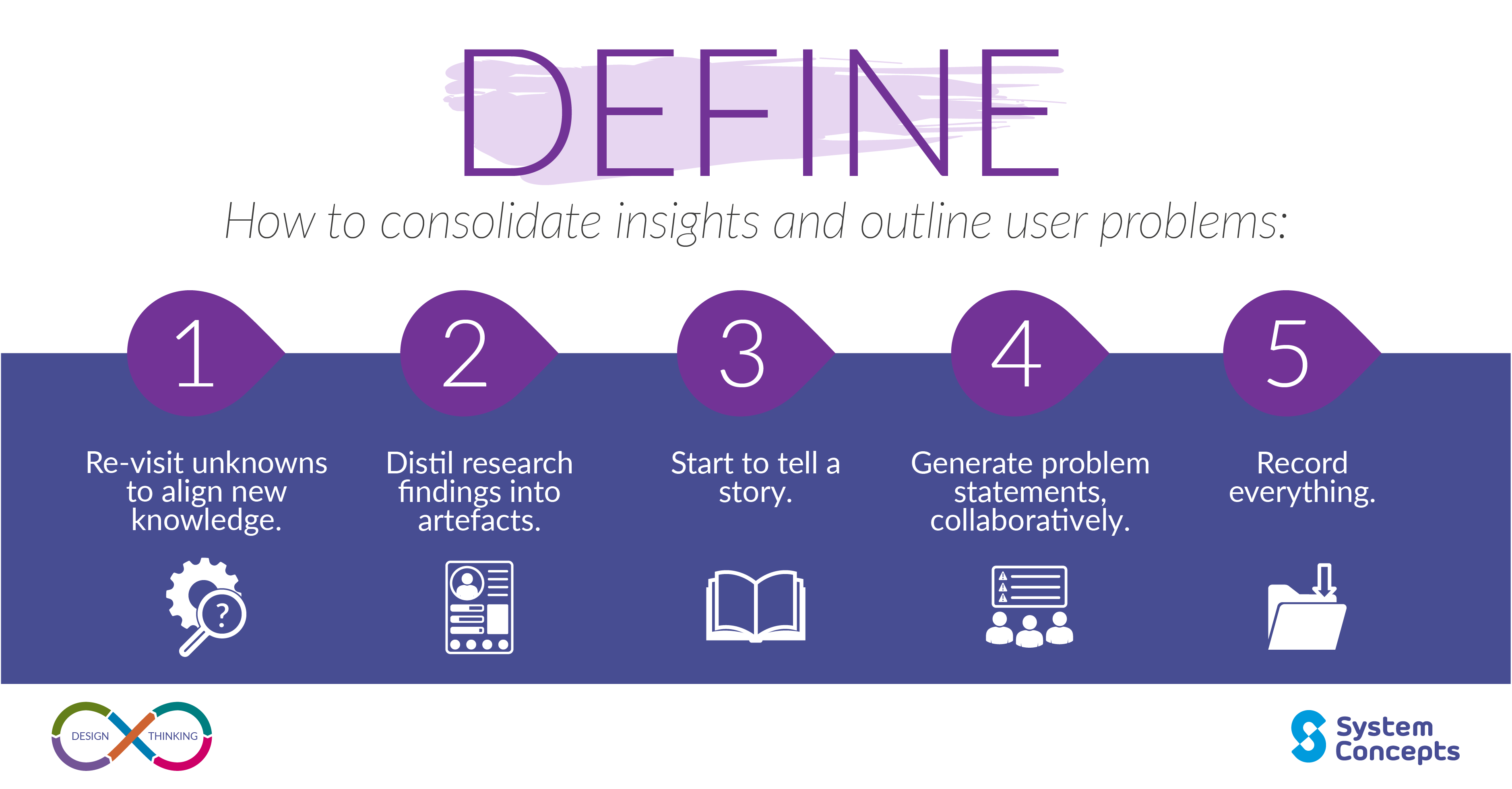Decoding #define: The C/C++ Preprocessor's Secret Weapon
In the vast and intricate world of software development, precision is paramount. Every line of code, every instruction, plays a crucial role in shaping the final application. Among the foundational elements that empower developers to write efficient and adaptable code is the concept of 'define'. While the word 'define' might seem straightforward, its manifestation in programming, particularly as the #define directive in languages like C and C++, holds a unique and powerful significance that often goes unnoticed by beginners.
This article delves deep into the mechanics and applications of #define, exploring how this preprocessor directive acts as a silent architect behind your compiled programs. We'll unravel its purpose, scope, and the myriad ways it shapes the compilation process, ensuring your code is not just functional, but also robust and flexible. Understanding #define is key to mastering C/C++ and writing high-performance, maintainable software.
Table of Contents
- The Unseen Architect: Understanding the Preprocessor
- #define: A Directive, Not a Statement
- Macros in Action: Versatility and Nuances
- Scope and Visibility: Where #define Lives
- Conditional Compilation: Building Adaptive Code
- #define vs. Other "Define" Concepts
- Best Practices and Common Pitfalls
- The Enduring Legacy of #define
- Conclusion
The Unseen Architect: Understanding the Preprocessor
Before your C or C++ code ever sees the light of day as an executable program, it undergoes several crucial stages. One of the most fundamental, yet often overlooked, is the preprocessor stage. It's the unsung hero that prepares your raw source code for the compiler, performing text substitutions and conditional inclusions based on specific directives. Understanding this initial phase is essential to grasp the true power of #define.
What is a Preprocessor?
At its core, a preprocessor is a program that processes source code before it is passed to the compiler. Think of it as a text editor that automatically modifies your code based on special instructions. These instructions are known as preprocessor directives, and they always begin with a hash symbol (#). The preprocessor looks through the source files for these directives, executing them sequentially.
Unlike the compiler, which understands the syntax and semantics of the programming language (like C++'s object-oriented features or C's pointers), the preprocessor operates purely on a textual level. It doesn't care about variable types, function signatures, or logical flow. Its job is simply to transform the text of your source file into another text file, which then becomes the input for the actual compiler. This distinction is crucial for understanding why certain constructs are possible with #define and others are not.
The Build Process: Where #define Fits In
In the normal C or C++ build process, the first thing that happens is that the preprocessor runs. It takes your source files (e.g., .c, .cpp, .h files) and performs all the directives. This includes:
#includedirectives: Copying the content of specified header files into the current source file.#definedirectives: Performing text substitutions (which we'll explore in detail).- Conditional compilation directives (
#if,#ifdef, etc.): Including or excluding sections of code based on certain conditions.
The output of the preprocessor is a single, expanded source file (often with a .i or .ii extension), which is then passed to the compiler. This means that when the compiler starts building your code, no #define statements or anything like that is left; they have already been processed and replaced. A good way to understand what the preprocessor does to your code is to get hold of the preprocessed output file, which most compilers will allow you to generate (e.g., using gcc -E or cl /P).
#define: A Directive, Not a Statement
#define is part of something called the preprocessor. Essentially, this is the code that is processed before the C document is compiled. It's a directive that instructs the preprocessor to replace all occurrences of a specific identifier (a macro name) with a sequence of characters (its replacement text) during the preprocessing phase.
Defining Symbols and Macros
Statements defined using #define are called macros. Macros are incredibly versatile and are used in a multitude of uses. They can be broadly categorized into two types: object-like macros and function-like macros.
- Object-like macros: These are simple text substitutions, often used to define constants or symbolic names for values. For example,
#define PI 3.14159. WhereverPIappears in the code, it will be replaced by3.14159before compilation. - Function-like macros: These macros accept arguments, mimicking the behavior of functions. For example,
#define SQUARE(x) ((x)*(x)). WhenSQUARE(5)is encountered, it's replaced by((5)*(5)).
The compiler takes this value and inserts it wherever you are calling the macro in the program and generates the object file. This direct textual substitution is what gives macros their performance advantage (no function call overhead) but also their potential pitfalls.
The Power of Textual Substitution
The power of #define lies entirely in its ability to perform textual substitution. It's a simple find-and-replace operation. This means that the preprocessor doesn't evaluate expressions, check types, or understand scope in the way a compiler does. For instance, #define x 5 is simply telling the preprocessor: "wherever you see 'x', replace it with '5'".
This characteristic makes #define a compiler preprocessor directive and should be used as such, for conditional compilation etc., where low-level code needs to define some possible alternative. It's not a mechanism for defining variables or functions in the traditional sense; it's a powerful tool for manipulating the source code itself before the compiler even begins its work.
Macros in Action: Versatility and Nuances
Macros, defined using #define, offer a range of applications, from simple constant definitions to more complex, function-like behaviors. Their versatility comes with nuances that developers must understand to avoid common pitfalls.
Simple Value Definitions
The most straightforward use of #define is to give a symbolic name to a constant value. For example:
#define MAX_BUFFER_SIZE 1024 #define APP_VERSION "1.0.0" This improves code readability and maintainability. If MAX_BUFFER_SIZE needs to change, you only modify it in one place. While C++ offers const variables as a type-safe alternative, #define remains prevalent in C and in older C++ codebases.
Function-like Macros: Opportunities and Pitfalls
Function-like macros allow for parameterization, making them appear similar to functions. They are often used for small, performance-critical operations where avoiding function call overhead is desired, or for creating concise code patterns. For instance:
#define MIN(a, b) ((a) < (b) ? (a) : (b)) #define DEBUG_PRINT(msg) printf("DEBUG: %s\n", msg) However, the textual substitution nature of macros can lead to unexpected behavior, often called "macro side effects." For example, if you use

Concept - Definition, Types and Examples - Research Method

Design Thinking; Define - System Concepts Ltd. Making places, products

Design Thinking Process Diagram Chart Infographic Banner Template With